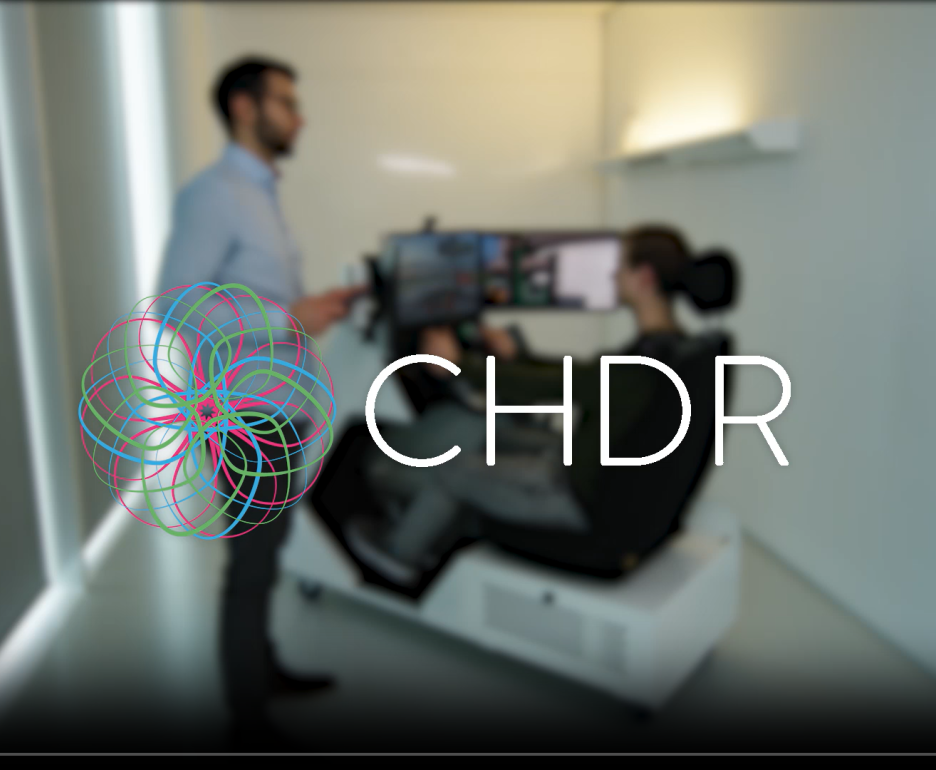The driving simulator is a safer version of the standard driving test, providing a robust measure of a drug’s effects on attention and motor control. The simulator can be programmed to measure specific effects of impairments and other disabilities that may affect driving performance, including such aspects as decision-making, motor control, risk-taking behaviour, and spatial memory. The results are recorded automatically and can be correlated with blood values and other physiological parameters.
The simulator provides a standardised testing environment with sufficient variations to minimise learning effects in crossover experiments. The tests can be repeated frequently, allowing researchers to measure the time course of driving performance during dosing. The effects of a new compound can be compared to benchmark compounds, such as alcohol or medications known to impair driving ability.
Validation and clinical relevance
The effects of alcohol on driving performance have been measured extensively at CHDR using our validated EthanolClamp method. With this protocol, the subject receives an intravenous infusion of ethanol. The infusion rate is adjusted continuously based on breath alcohol samples, in order to maintain (‘clamp’) the subject’s blood alcohol concentration. The effect of alcohol intoxication on driving performance is then measured in the simulator (the legal limit in the Netherlands is 0.5 g/L). The effects of a new drug can then be compared to the effects of alcohol intoxication. One such study involved establishing the reaction profile of subjects following a 1-mg dose of alprazolam, a widely prescribed anxiolytic drug. This drug is often taken during the day, and therefore potentially before driving a vehicle. The results revealed that taking a dose of alprazolam has a more severe impact on driving performance than alcohol intoxication.
Using the driving simulator in patients with Huntington’s disease
In a recent trial, CHDR studied how driving skills are affected in patients with Huntington’s disease, as well as presymptomatic patients identified through genetic testing. In this study, a standard set of tasks in both the driving simulator and NeuroCart were applied to presymptomatic patients and early-stage patients. The results were compared against a control group of healthy subjects who were not carriers of the Huntington mutation.
This study amply demonstrated the clinical relevance of the driving simulator as a practical alternative to the basic test battery offered by NeuroCart. One of the goals of this study was also to gather objective measurements of the effect of developing Huntington’s disease on driving ability: this is an important step in helping patients to drive safely, thus enabling them to keep their driving licence for as long as possible. The data gathered in this study can additionally be used as a baseline comparison for the evaluation of new drugs in the treatment of Huntington’s disease.
The driving simulator in action
Watch the video below for a short demonstration of the driving simulator.


